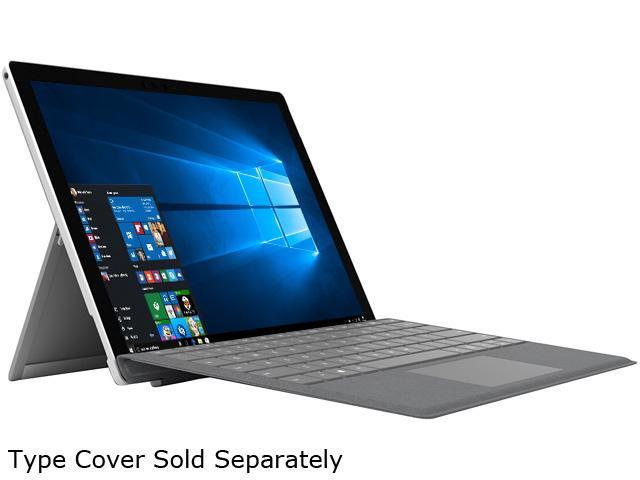

You can configure it with up to 1TB of storage, while the Go 2 can only max out at 128GB (or 256GB for commercial). Storage is another win for Surface Pro 7, which is another small reason it costs considerably more than the Go 2. Still, if you need more power for a little photo editing on the go, the Surface Pro 7 is where you should spend your money. It won't turn heads in benchmarks, but it's more than good enough for general PC use. Unlike Intel's low-end CPUs of old, the Intel Core m3-8100Y is rather snappy with daily use.

Interestingly, while the Surface Pro 7 is the more capable device and comes rocking up to an Intel 10th Gen Core i7-1065G7 CPU, the Surface Go 2 is no slouch. Source: Daniel Rubino / Windows Central (Image credit: Source: Daniel Rubino / Windows Central) Both tablets have functional 3:2 aspect ratios, and both have magnets in the side to hold the Surface Pen when not in use. The Go 2 has a resolution of 1920x1280 and a PPI of 220. The Pro 7 is a clear winner here with a resolution of 2736x1824 and a pixels-per-inch (PPI) count of 267, which is pretty good. Where there is a difference between the two tablets is resolution. Color accuracy between the two is roughly the same, so too are the bezels, making it largely down to which display size you'd prefer. You simply get more screen real estate with the Surface Pro 7, thanks to the 12.3-inch display compared to the Surface Go's 10.5 incher. For both tablets, you can buy a Surface Pen - sold separately for about $100 (opens in new tab) - and both have Type Covers - also sold separately (opens in new tab) - with Precision touchpads and an Alcantara fabric finish. If you're after LTE capabilities, the Go 2 is your only option right now since Microsoft doesn't offer the Pro 7 with LTE. The Surface Pro 7 rocks USB-C, USB-A, 3.5mm audio jack, Surface Connect, and a microSD reader.


 0 kommentar(er)
0 kommentar(er)
